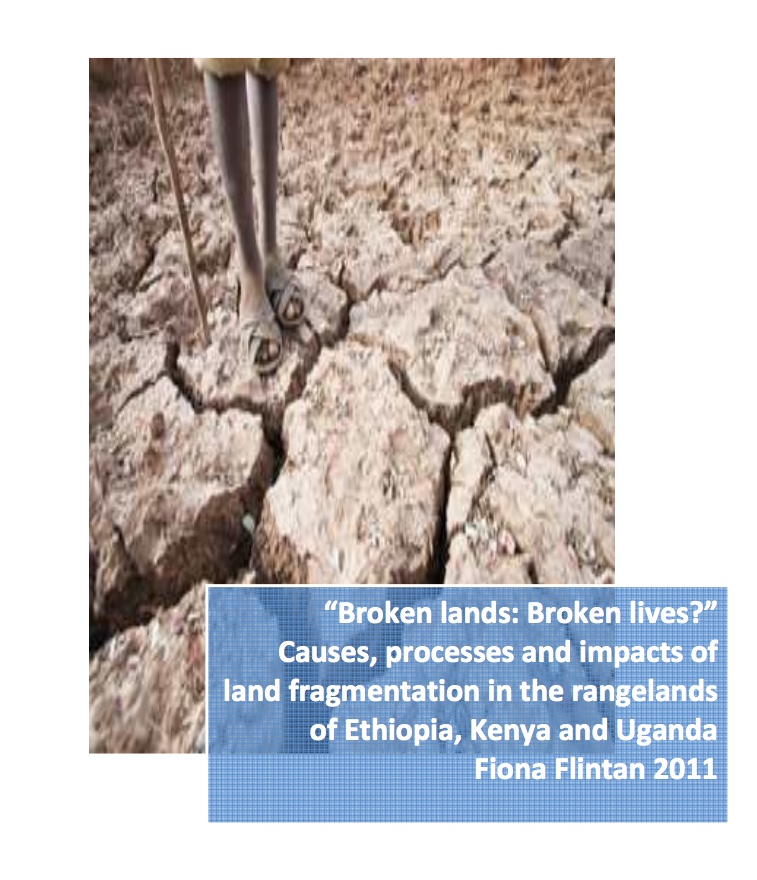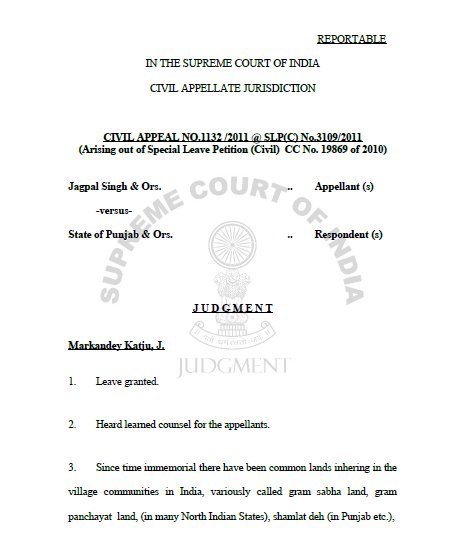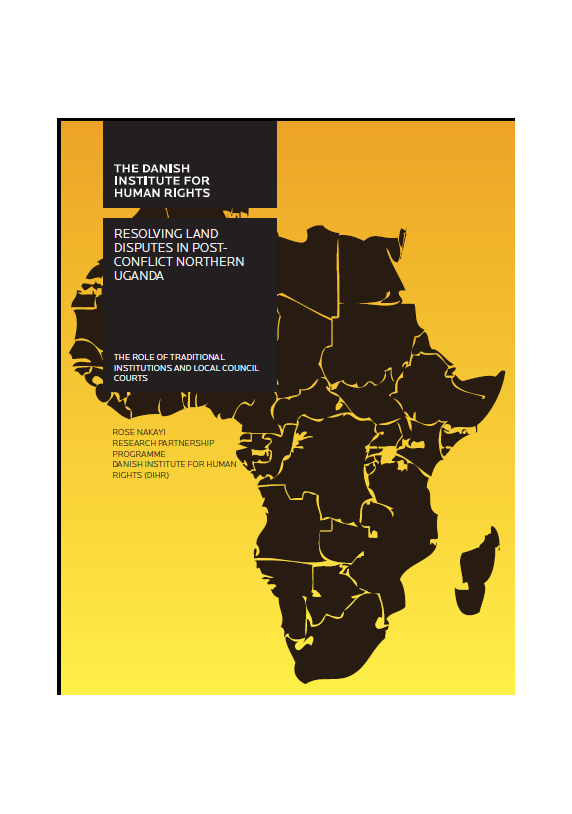Diversification, Experimentation, and Adaptation: Pastoralists in Communal Governance of Resources and Livelihoods Strategies
This paper presents a discussion of the communal tenure system in Olkiramatian, a group ranch in the southern rangelands of Kenya which has granted the residents the flexibility and choice to pursue diversification alternatives that demand open landscapes.







